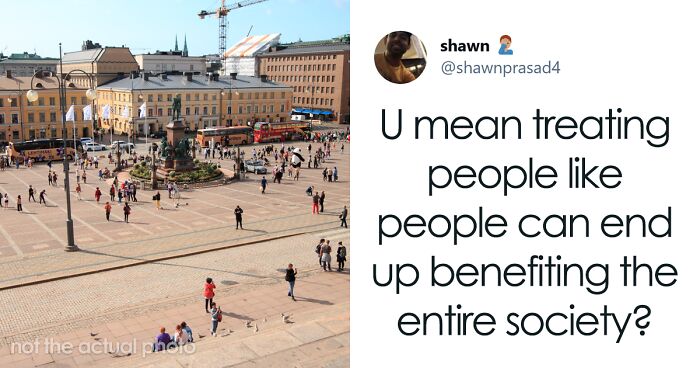
Finland Is Successfully Fighting Homelessness, Which Is Now Reduced To 0.08% By Giving Homes For Those Who Need It
Losing a place to live is one of the most devastating things that can happen to a person. Unfortunately, it is estimated that no less than 150 million people or 2 percent of the world’s population is homeless. It’s a problem both in developed and developing countries, but some are doing better than others.
For example, Finland adopted a Housing First policy and now it is the only country in the European Union where homelessness is declining. Since 2008, when the policy was adopted, long-term homelessness decreased about 40 percent and there were 4 341 people who were reported homeless at the end of 2020. For context, Finland has a population of 5.5 million, so that would mean that only 0.08 percent of the population is homeless.
Finland is the only country in the EU where homelessness is decreasing
Image credits: Pedro Ribeiro Simões
Before 2008, the Finnish government tried to tackle the homelessness problem, but it wasn’t working that well. Short-term shelters were built, but that didn’t help with long-term homelessness. There were still about 8,000 homeless people. They couldn’t find jobs because they needed a permanent residence, but they couldn’t afford to pay for rent because they didn’t have jobs and weren’t earning money, so it was really a vicious circle.
The situation was so bad that there were tent villages in the middle of the capital city. When data on homelessness was first collected in 1987, there were nearly 18,000 people without homes. The current Government has committed to halving homelessness by 2023 and ending it entirely by 2027.
The percentage of homeless people is so low that some people go as far as to say that the country ended it
Image credits: WereChickenAU
Image credits: GoodPoliticGuy
What is the secret, you may ask? Well, in 2008, the Finnish government decided that they have to take a different approach and simply just give people a place to live. No matter how a person became homeless, they are given a home and support so they would be able to stay there.
There are no requirements or goals a person has to meet to stay there. They don’t have to get sober or get a job to get accommodation. The idea behind Housing First is that to tackle the issues a person may have that put them at risk of homelessness, they need stable housing. For example, they can’t conquer their addictions if they’re kicked out from a shelter in the morning.
The number of homeless people went from 19,000 in 1987 to 4341 in 2020 in Finland
Image credits: Eric Fischer
The problem is being solved by giving homeless people a home and providing them with a support system to help them get back on their feet
Image credits: Y-Foundation
But those people are not left alone either: they are supported in rebuilding their relationships with friends and families, and establishing new ones. Many of them have mental and medical conditions that need care, and some of them may not have education or skills that would be useful for jobs or just everyday—the Housing First program includes support in all of that. Because of this support system, 4 out of 5 people affected make their way back into a stable life.
4 out of 5 people get back to living a normal life
Image credits: Mundus Gregorius
Image credits: Timo Newton-Syms
To make all this happen, Finland had to invest a lot of money, because obviously, they needed houses in which to place the homeless people. So flats were bought from the private market, new buildings were built, and old buildings were repurposed and renewed. Evidence shows that these investments pay off and it’s cheaper to not have homeless people by giving them somewhere to live, not to mention that it’s the right thing to do.
But Housing First has to be nationwide to work, not just individual projects. Also, they have to be affordable, and staff to help those people who have been living a different lifestyle should be hired and trained.
People on Twitter were praising Finland for such an achievement, but there were a lot of opinions that it wouldn’t be possible in other countries
Image credits: shawnprasad4
Image credits: hasbranscombe
Image credits: geep69
Image credits: PBiseth
Image credits: burgy1717
Image credits: Maliceunchained
Image credits: amyjohn
Image credits: Fabiology101
Image credits: JoshAHobbs
Image credits: MGOKNOW
Please note that homelessness is a social issue here in Finland, not a "I can't afford rent because I'm sick and unemployed" -problem. Social security is already good enough for a sparse living and you'll be offered a municipality owned, rent controlled flat if you can't secure one normally. Homelessness is then mostly a result of alcoholism, drug problems, gambling or mental dysfunctions, or they are denied asylum seekers who now reside in the country illegally.
Sadly homeless people are too often treated like they're less than human here in the U.S. Thank you to those that help others in need.
The Puritan basis of the US leans heavily on punishing "sinners". It's not enough to live a good life, you have to wreak punishment on others who live differently. So a huge portion of Americans are more focused on insuring people who have casual sex suffer for their looseness, that people who do not work do not eat, that people who are different are punished for their non-conformity. It's the Puritan Way.
Too right. If American people banded together to tackle homelessness the same way they do abortion, there wouldn't be a homelessness issue in America.
Load More Replies...Please note that homelessness is a social issue here in Finland, not a "I can't afford rent because I'm sick and unemployed" -problem. Social security is already good enough for a sparse living and you'll be offered a municipality owned, rent controlled flat if you can't secure one normally. Homelessness is then mostly a result of alcoholism, drug problems, gambling or mental dysfunctions, or they are denied asylum seekers who now reside in the country illegally.
Sadly homeless people are too often treated like they're less than human here in the U.S. Thank you to those that help others in need.
The Puritan basis of the US leans heavily on punishing "sinners". It's not enough to live a good life, you have to wreak punishment on others who live differently. So a huge portion of Americans are more focused on insuring people who have casual sex suffer for their looseness, that people who do not work do not eat, that people who are different are punished for their non-conformity. It's the Puritan Way.
Too right. If American people banded together to tackle homelessness the same way they do abortion, there wouldn't be a homelessness issue in America.
Load More Replies...
 Dark Mode
Dark Mode 

 No fees, cancel anytime
No fees, cancel anytime 






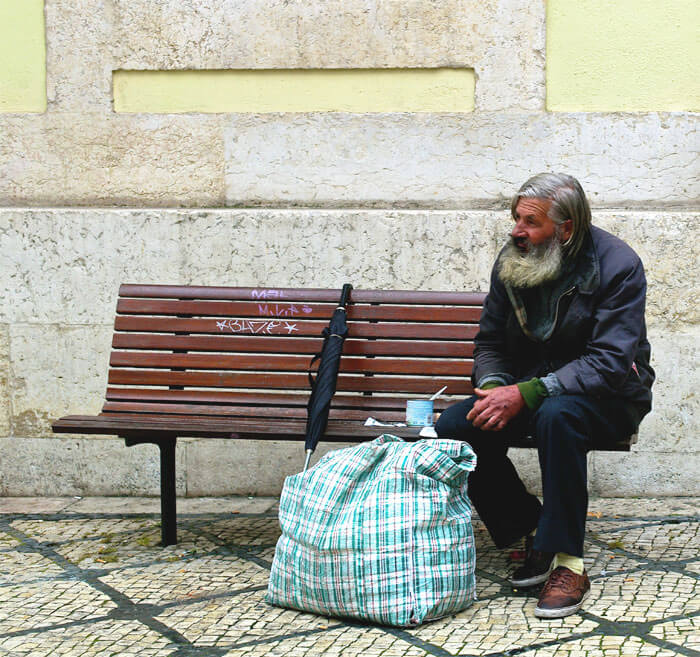

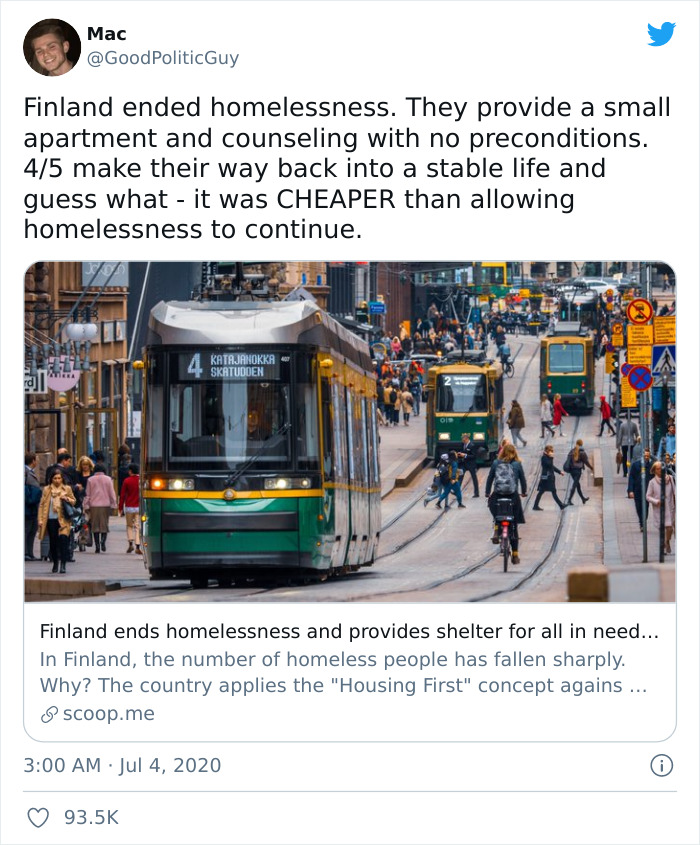

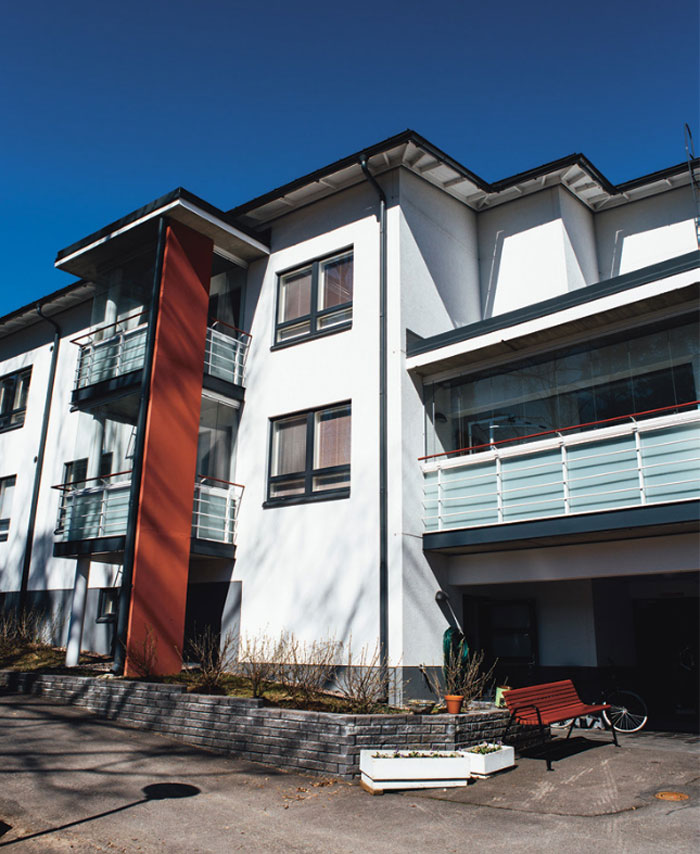
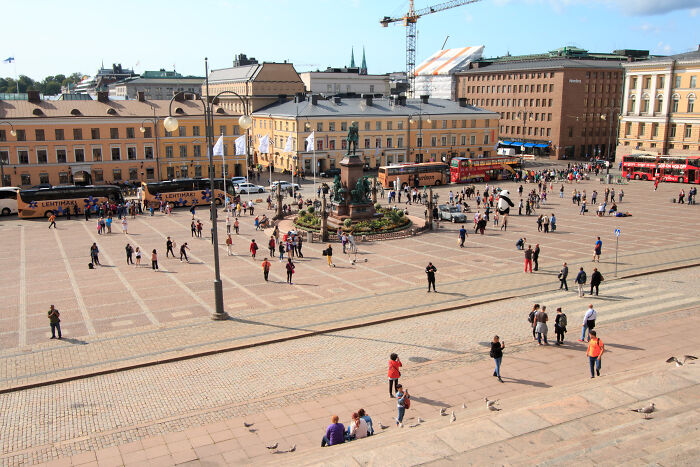
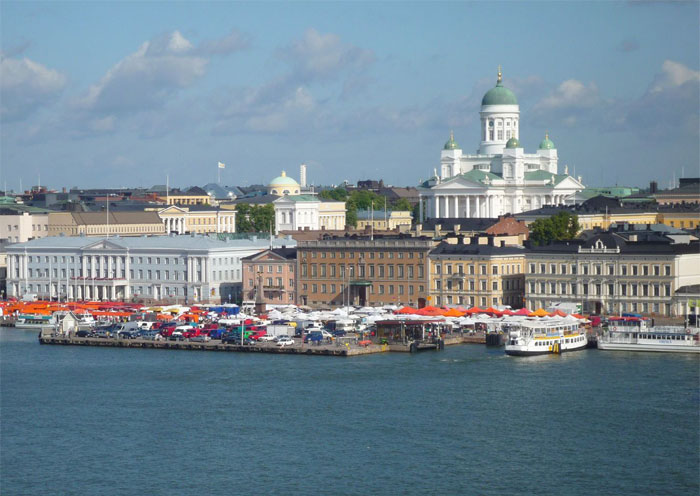

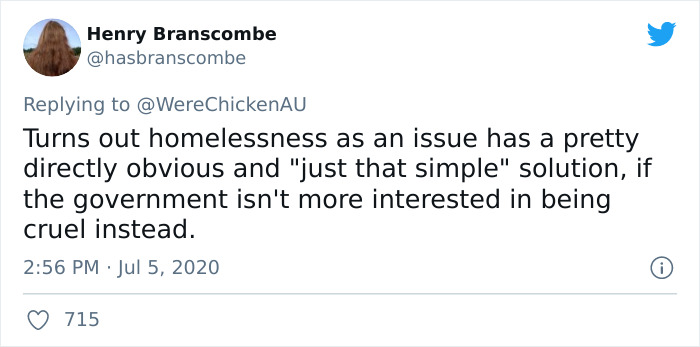
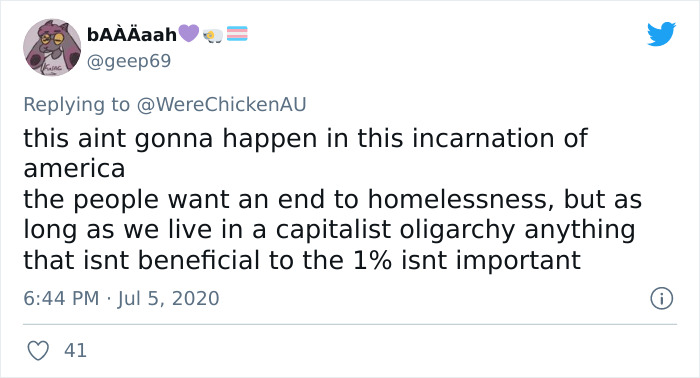
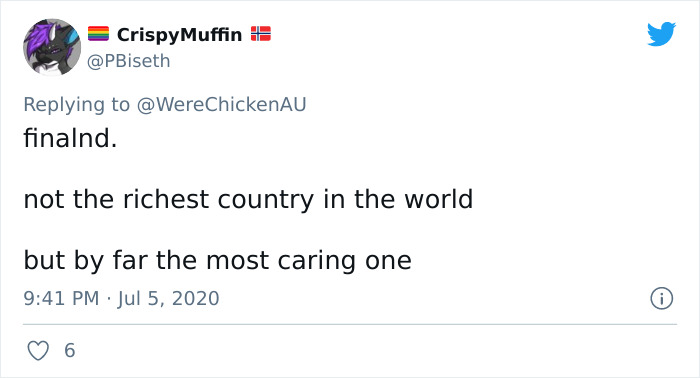


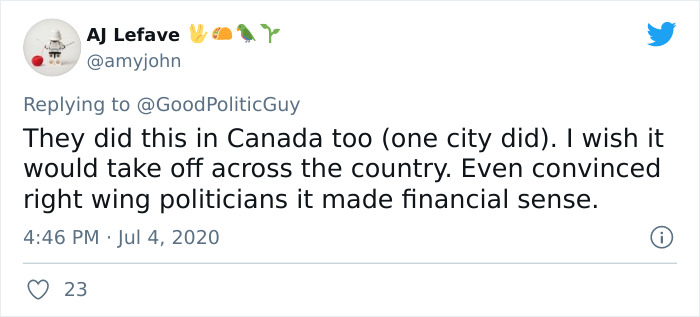
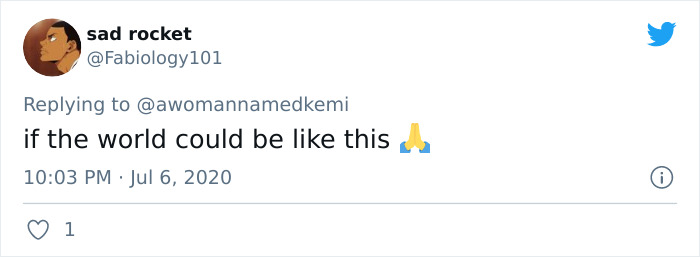














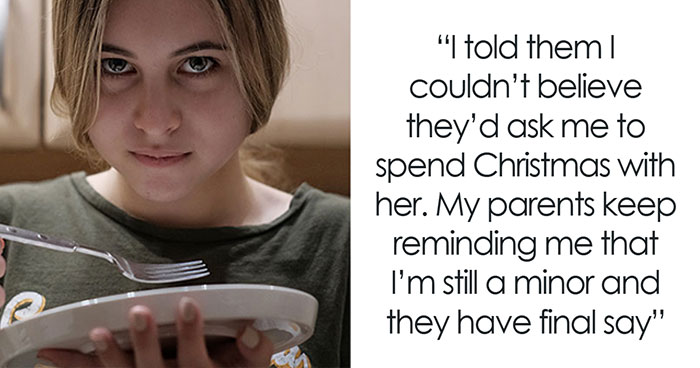






























280
79